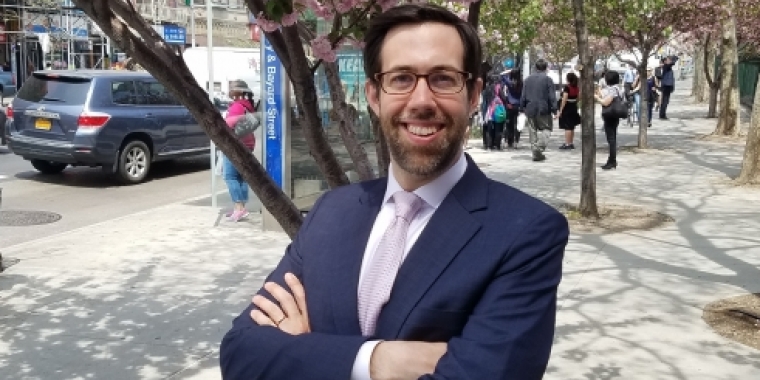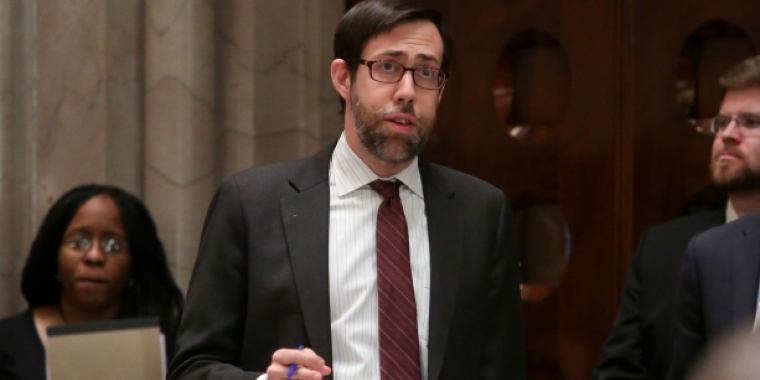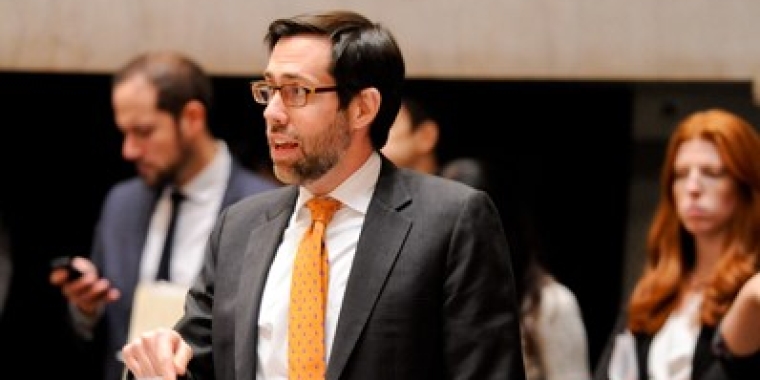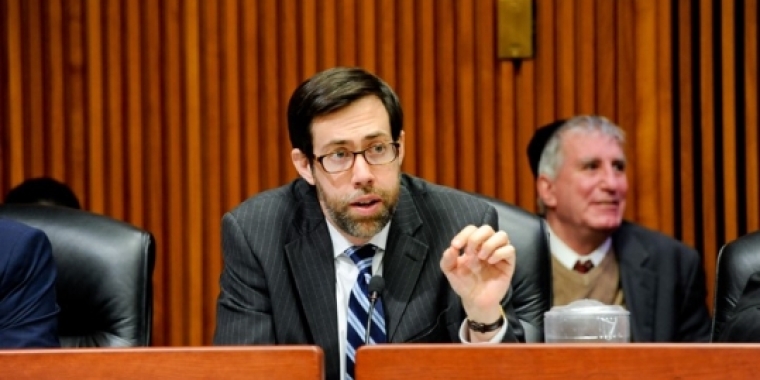
Liquor ruling is one too many, critics warn
By Julie Shapiro
Feature article in the Downtown Express
Bar owners in densely packed neighborhoods face fewer obstacles to getting a liquor license under a recent court ruling, and Lower Manhattan residents and leaders are worried.
“It’s a disaster,” said Karen Stamm, a Tribeca resident and lawyer. “If it’s not corrected, everybody’s going to be swamped with licenses.”
The little-known court ruling from last November changes the way the State Liquor Authority can enforce the 500-foot rule, which limits the number of liquor licenses within a several-block area. Under the rule, someone who wants to serve liquor within 500 feet of three or more other establishments that serve liquor must hold a hearing and show that the new venue will be in the public’s best interest.
But last November, a State Supreme Court judge ruled that the S.L.A. had been incorrectly interpreting the Alcohol Beverage Control Law for years. The law divides licenses into several types — including bars, cabarets and restaurants — and Judge Joseph Teresi said the 500-foot rule applies only to establishments within the same category.
That means a block could have 10 restaurants that serve liquor, but if there were only two bars nearby, then an application for a bar on the block would not trigger a 500-foot hearing.
“It eviscerates the 500-foot rule,” said State Sen. Daniel Squadron. “The decision absolutely undermines the spirit of the law. We need to quickly fix that.”
The fine-line distinctions between different types of liquor licenses are “vestigial, anachronistic subsets,” Squadron said, and to allow them to drive license decisions would be “insane.”
Squadron, a former bar owner, is working on legislation that would bring the letter of the law in line with the way the S.L.A. had been enforcing it all along.
Barry Mallin, a lawyer who battles bars that the community opposes, has not heard of any Lower Manhattan bars approved since the ruling that would not have been approved otherwise. But he said the vague distinctions between categories like bars and restaurants would weaken the 500-foot law as owners apply under whichever section would be easier to get.
“This just opens the door for them to come in and claim they’re one thing but be another,” Mallin said. “If a sports bar sells food, [they’ll say] why can’t they be called a restaurant, and yet they’re blasting music ’til 4 in the morning.”
The problem of bar owners promising one method of operation and switching to something completely different is not new, but Mallin said it would worsen under the new court decision because owners now have more incentive to lie — or at least stretch the truth.
Warren Pesetsky, a lawyer who has been representing bar owners for 28 years and before that was general counsel to the S.L.A., said he would advise clients to look at the type and number of nearby establishments before deciding which type of license to apply for.
“I’d claim it’s whichever one there aren’t three of,” Pesetsky said. “I would give it a shot…. You can call it a loophole; I can call it following the law.”
The new ruling has not yet affected Pesetsky, because his recent applications have had community board approval and would not have faced a problem at a 500-foot hearing, he said.
Bill Crowley, S.L.A. spokesperson, said the different license types are clearly defined to prevent wiggle room. But a 2006 S.L.A. document Crowley provided leaves open the possibility of a restaurant that becomes a bar after hours, which is one scenario that worries the community.
Pesetsky agrees with the court’s recent interpretation of the 500-foot rule and said he may have been one of the first lawyers to argue for it. Several years ago, the S.L.A. issued a moratorium on all 500-foot applications, but Pesetsky continued applying for new bars anyway, arguing that the S.L.A. was incorrectly interpreting the law.
The Alcohol Beverage Control Law is divided into many sections, including one for each type of liquor license application. Several of the sections, including the ones for bars and the one for restaurants, say that the 500-foot rule applies whenever there are three or more existing establishments “licensed and operating pursuant to the provisions of this section.” In last fall’s ruling, Judge Teresi pointed out that the law does not say “any section of the law,” but rather, “this section.”
“‘This section’ means just what it says,” Teresi wrote in his opinion. “To construe it otherwise would disregard the plain language employed by the legislature.”
The S.L.A. did not appeal the decision.
The venue that spurred this court case is a catering hall on W. 46th St. called Hudson Terrace. The owners initially applied for a cabaret liquor license in 2007 but faced opposition from Community Board 4. The owners held a 500-foot hearing but they realized that the S.L.A. would automatically disqualify the application because of a nearby caberet.
Hudson Terrace then scaled back its proposal, reducing the size of the venue, and reapplied as a bar, said Kate Hardy, a lawyer who represented the owners. An S.L.A. comissioner said Hudson Terrace needed to hold another 500-foot hearing, since there were four liquor licenses within 500 feet. But Hardy argued that the hearing was unnecessary, since only two of the four establishments fell under the same section of the A.B.C. law as Hudson Terrace.
The S.L.A. disagreed with Hardy’s interpretation, so her firm filed suit. After the decision last fall, the S.L.A. granted Hudson Terrace a liquor license and the hall is now open and hosting events.
Earlier this year, Sen. Squadron held a meeting with the S.L.A. and Lower Manhattan residents to talk about problem bars in the neighborhood and the implications of the court ruling on the 500-foot rule. Several people who attended the meeting voiced another concern: that the ruling would make it impossible to determine when the 500-foot rule applies, because no one knows how to categorize the thousands of licenses in effect today.
The S.L.A.’s online database does not say whether a license was approved as a restaurant, bar, cabaret or other type of establishment. A 2006 report by S.L.A. Chairperson Noreen Healy says that the S.L.A. regularly approved liquor licenses without distinguishing between bars and restaurants. Last year, the S.L.A. started color-coding liquor licenses by type, said Crowley, the spokesperson.
The S.L.A. can find out what type of license older establishments have, Crowley said, but it is time-consuming. It’s also time-consuming for the applicants, who frequently decide to just hold a 500-foot hearing even if they may not need one, because it would take them too long to investigate.
To give the community more control over new bars, Tribeca resident Jeff Ehrlich recently mapped all the liquor licenses in his neighborhood and found 140. Ehrlich, a public member of Community Board 1, hoped the board could use the map to determine when the 500-foot rule applies, but that will be hard to do because of the court decision. Ehrlich wants the S.L.A. to tell him which category each of the licenses falls under, but the S.L.A. has not yet done so.
Unless the State Legislature succeeds in rewriting the law, Ehrlich predicted mass confusion.
“It’s going to cause a lot of problems for everybody,” Ehrlich said.



